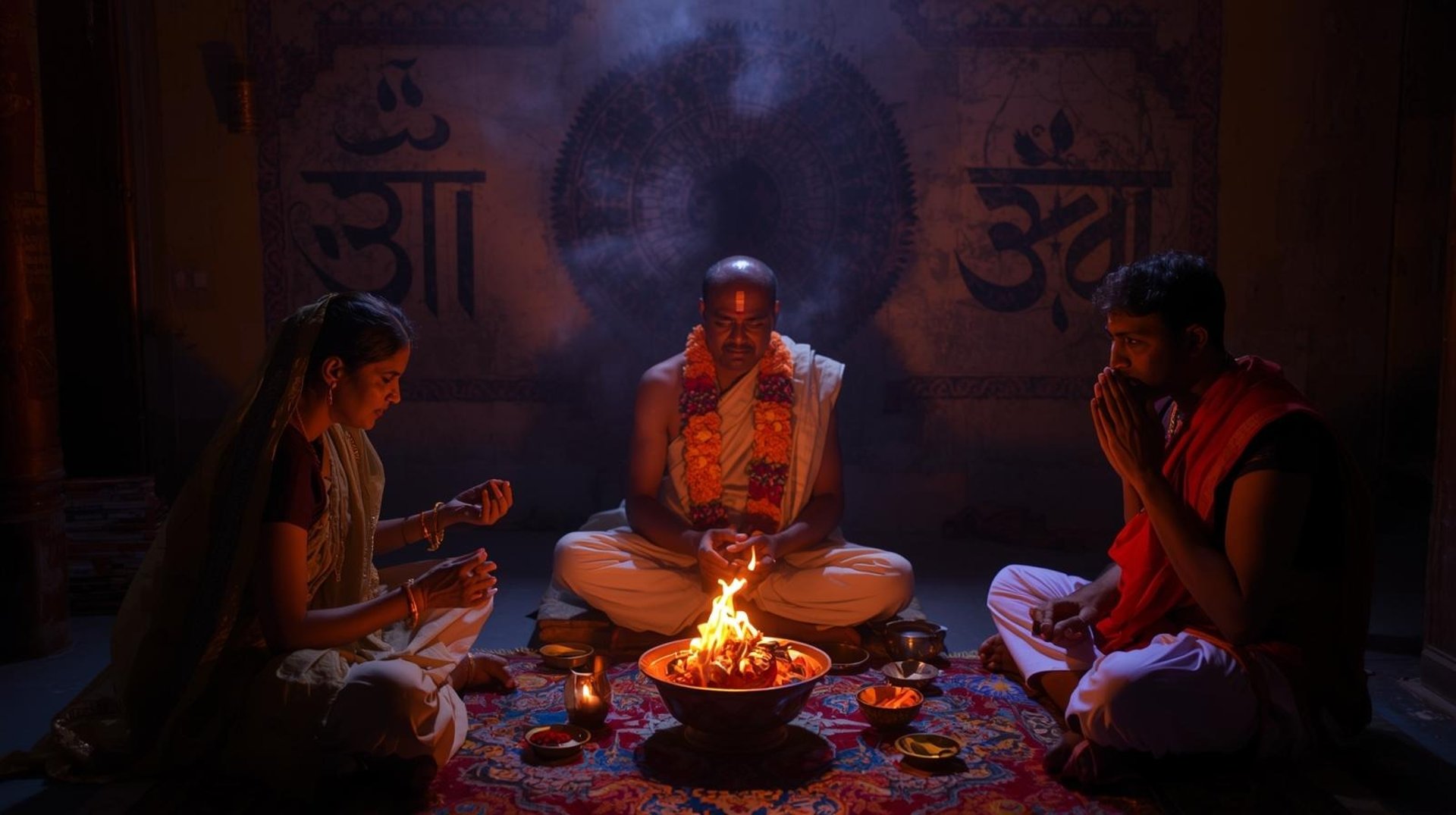
Asthi Visarjan
The Asthi Visarjan (अस्थि विसर्जन) ritual in India is one of the most sacred post-cremation rites in Hindu tradition. It involves immersing the ashes (asthi) and remaining bone fragments of the deceased person’s body in a holy river or sea, symbolizing the final release of the soul (atma) from the physical world.
This act marks the conclusion of a person’s earthly journey and helps their soul move forward toward peace and liberation (moksha).
🕉️ Meaning of Asthi Visarjan
Asthi → Bone remains (collected after cremation)
Visarjan → Immersion or submersion
Thus, Asthi Visarjan literally means immersion of the remains of the deceased in a sacred water body.
🌿 Purpose of the Ritual
According to Hindu beliefs and scriptures (Garuda Purana, Manusmriti, and Vishnu Smriti):
Water is the purifier of all beings, and immersing ashes in it helps the soul detach from the body.
It ensures that the soul’s transition to the next realm is smooth and peaceful.
It fulfills the last rites (antim sanskar) and helps descendants express gratitude and love.
It marks the completion of the funeral rites, allowing the family to begin the mourning and purification process.
⚰️ When the Ritual Is Performed
Usually on the 3rd, 7th, or 10th day after cremation, once the ashes (asthi) are collected.
In some regions, it’s done on the first available auspicious day (tithi) after cremation.
If the family cannot travel immediately, the ashes are kept safely in an urn until the ritual is performed at a sacred site.
📿 Asthi Visarjan Ritual – Step-by-Step
Performed under the guidance of a Purohit (Vedic priest) and the head of the family, often the eldest son or close male relative.
1. Collection of Asthi (Ashes)
After cremation, once the pyre cools (usually the next day), family members collect the remaining bones and ashes using a bamboo tong (chimta).
The remains are placed in an earthen or copper urn (kalash), covered with cloth, and tied with sacred thread.
2. Journey to a Holy Place
The family travels to a sacred river or sea — symbolizing the path of the soul toward the eternal.
3. Sankalp (Vow)
On reaching the site, the Purohit performs Sankalp — a prayer stating the deceased’s name, gotra (lineage), and intention to immerse the ashes for the soul’s peace.
4. Puja and Offerings
Offerings (daan) of flowers, milk, honey, black sesame, and holy water (Gangajal) are made.
Mantras from the Rigveda and Garuda Purana are chanted.
The priest may also perform Pind Daan (offering of rice balls) and Tarpan (water offering).
5. Immersion of the Asthi
The ashes are slowly poured into the holy water while chanting:
“Om Namo Bhagavate Vasudevaya” or “Om Namah Shivaya”The devotee seeks peace for the departed soul and prays for their journey toward moksha.
6. Final Prayers and Donations
The ritual concludes with prayers to the river goddess (Ganga Mata or other local deity).
Food, clothes, or donations are given to Brahmins or the needy.
📍 Most Sacred Places for Asthi Visarjan in India
Place Location Significance Ganga at Haridwar Uttarakhand Most popular site; believed that immersing ashes here grants moksha. Triveni Sangam Prayagraj (Allahabad), UP Confluence of Ganga, Yamuna, and Saraswati; spiritually powerful for releasing souls. Varanasi (Kashi) Uttar Pradesh Lord Shiva’s city; ensures immediate liberation for the soul. Gaya Bihar Known for ancestral peace and salvation rites (Pind Daan). Rameswaram Tamil Nadu Sacred southern site where Lord Rama performed rituals for his ancestors. Nashik (Godavari River) Maharashtra Ancient site for post-cremation rituals and Pitru Puja.
Many families also immerse ashes in their local river or sea (e.g., Narmada, Yamuna, Brahmaputra, or Bay of Bengal) if traveling to pilgrimage centers isn’t possible.
🔮 Mantras Commonly Chanted
Ganga Stotra — praising the sacred river
Mahamrityunjaya Mantra
“Om Tryambakam Yajamahe Sugandhim Pushtivardhanam…”Pitru Tarpan Mantras
Shanti Path — prayer for universal peace
🌺 Spiritual Significance
Asthi Visarjan symbolizes:
The return of the body to the five elements (Panch Mahabhutas) — earth, water, fire, air, and space.
Acceptance that the soul is eternal (Atman) and continues its journey beyond death.
A final act of love, duty, and gratitude by the living toward the deceased.
“From dust we arise, and to dust we return — the waters carry us to eternity.”
🪔 Post-Asthi Visarjan Rituals
After immersion, families usually perform:
Dashakriya / Tripindi Shraddha – for peace to ancestors.
Pitru Tarpan – on Amavasya days.
Annual Shraddha – on the death anniversary (tithi).
Would you like me to provide a detailed Asthi Visarjan procedure at Haridwar or Varanasi, including the exact steps, items needed, and priest arrangement details (as done traditionally)?